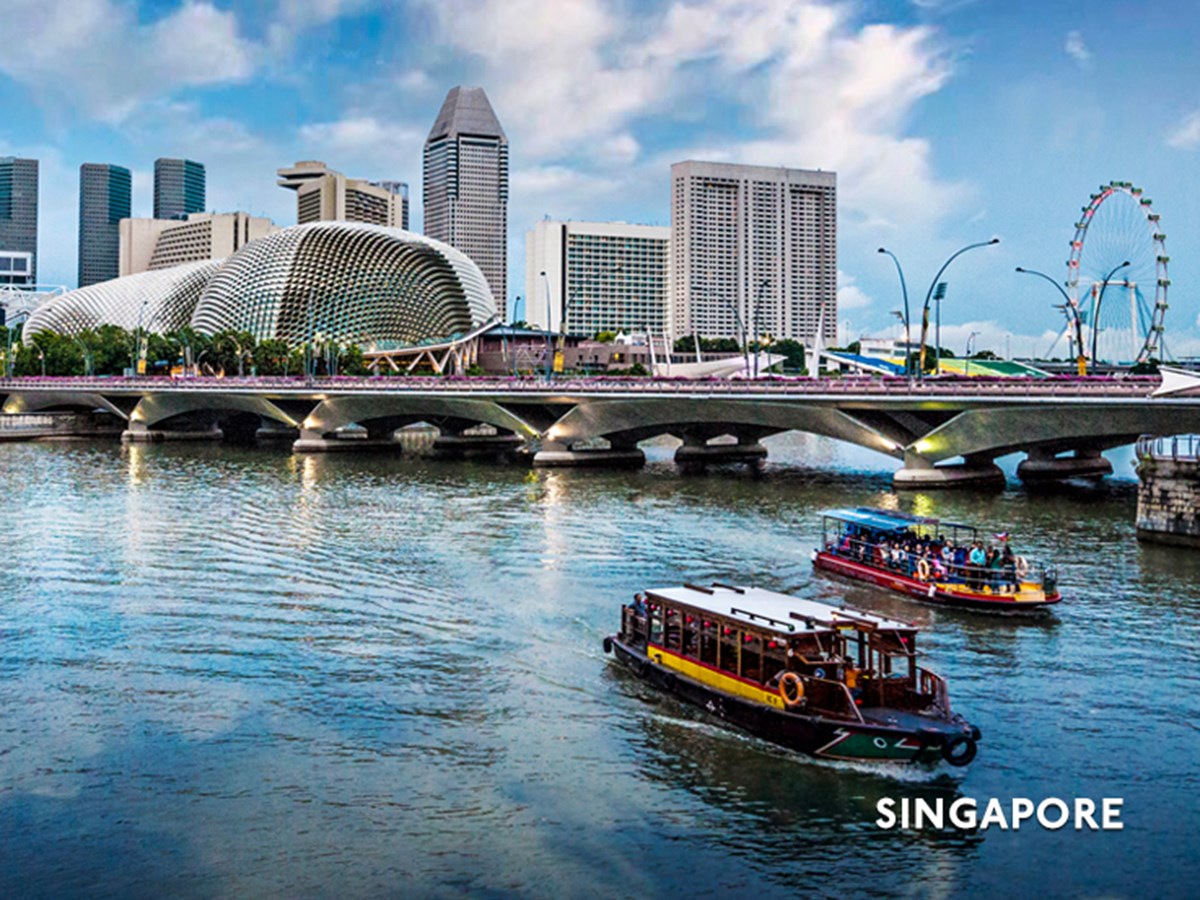
Knowledge Highlights 6 January 2026

The Supreme Court of Singapore, comprising the Court of Appeal and the High Court, has introduced a new appellate court as part of its restructuring plans, with changes to take effect from 2 January 2021.
Under the changes, the High Court will be restructured into two Divisions, namely the General Division of the High Court (“General Division”) and the new Appellate Division of the High Court (“Appellate Division”).
The existing High Court will be renamed the General Division. Civil appeals arising from decisions of the General Division will be distributed between the existing Court of Appeal and the new Appellate Division.
The Court of Appeal will remain the apex court and will hear all criminal appeals and prescribed categories of civil appeals arising from decisions of the General Division. The new Appellate Division will hear all other civil appeals, i.e. civil appeals which do not fall within the prescribed categories specifically allocated to the Court of Appeal.
What is the scope of the Appellate Division?
The new Appellate Division, comprising a new class of judges known as Judges of the Appellate Division, will hear all civil appeals from decisions of the General Division that are not specifically allocated to the Court of Appeal.
Following the announced changes, examples of civil appeals that are specifically allocated to the existing Court of Appeal include appeals arising from (on a non-exhaustive basis): (a) cases relating to the law of patents; (b) cases relating to the law of arbitration; (c) cases relating to the insolvency, restructuring or dissolution of a corporation, limited liability partnership or sub-fund of a variable capital company; (d) decisions of the Singapore International Commercial Court; or (e) cases relating to constitutional or administrative law.
Notwithstanding the default allocation, there could be exceptions as the Court of Appeal has the power to transfer civil appeals between itself and the Appellate Division.
Can a decision of the Appellate Division of the High Court be further appealed to the Court of Appeal?
A decision of the new Appellate Division can be further appealed to the Court of Appeal, but only if the Court of Appeal grants leave (i.e. permission) for such appeal. The Court of Appeal may grant leave only if the appeal raises a point of law of public importance. However, such leave will only be granted stringently as parties have already had one round of appeal.
How will the restructuring affect intellectual property disputes?
The appeals structure for cases relating to the law of patents will remain unchanged after the restructuring comes into effect. Appeals against decisions of the General Division which arise from cases relating to the law of patents (even if the appeal does not raise any issue relating to the law of patents), as well as appeals made under section 90(3) of the Patents Act (appeals from the decision of the Registrar of Patents), will continue to be heard directly by the Court of Appeal.
However, appeals against decisions of the General Division which arise from cases relating to other forms of intellectual property (apart from patent law) will be heard by the new Appellate Division after the restructuring comes into effect. Such decisions of the new Appellate Division can be further appealed to the Court of Appeal only with leave of the Court of Appeal.
Key benefits of the new changes
These structural reforms are aimed at improving efficiency and the allocation of judicial resources whilst maintaining high standards of access to justice.
The changes may also allow parties to resolve disputes more expediently and at a lower cost. Both the Court of Appeal and new Appellate Division will have power to decide specified categories of appeals with a paper hearing (i.e. no oral arguments) if all parties consent to this. The Appellate Division may also sit with two Judges instead of three, saving legal costs and facilitating the timely disposal of appeals.